Bush carnation: description, planting and care
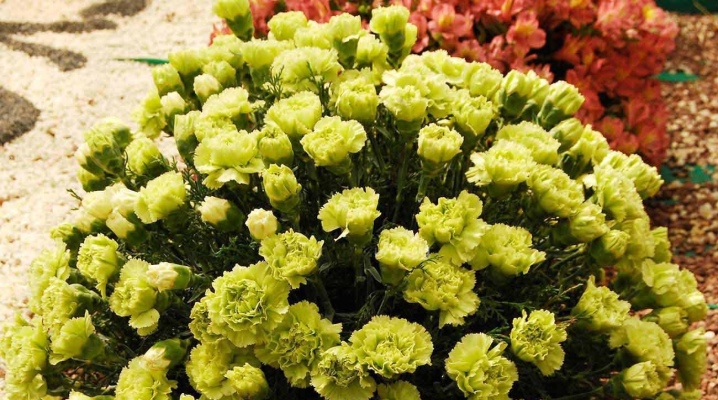
Unpretentious and bright flowers - carnations. For several years, the plants will bloom profusely throughout the summer season, without requiring special care. Scented flowers are widely used in landscaping for accents on alpine slides or in a minimalist garden.



Peculiarities
Shrub carnation is a perennial plant, it is also called branching carnation. In nature, it grows in the warm climates of Europe, North America and in the Mediterranean basin, where it blooms all year round. In central Russia, the lifespan is often reduced to two years, and the buds appear in spring or early summer.
The height of an adult plant is from 10 to 60 cm. The rhizome is located at a depth of 10-12 cm. Thin light green elastic stems with a slight bluish bloom. The leaves of the garden carnation are flat and narrow, elongated. Flowering lasts 3 to 4 months. Flowers have a fragrant aroma, can be of different colors and shapes (double, simple, semi-double). After the inflorescences wither, the fruits are tied - boxes with seeds.
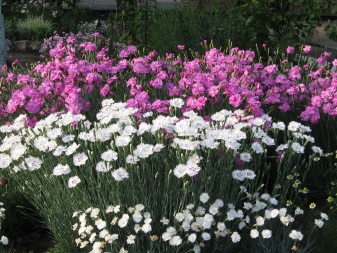
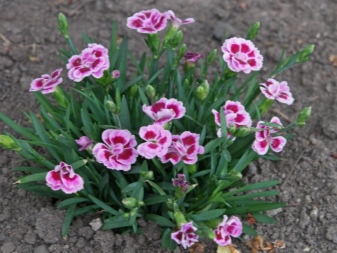
The advantages of the bush variety:
- long flowering;
- easily propagated by shoots and seeds;
- the bush looks decorative even without flowers;
- resistance to frost and lack of moisture.
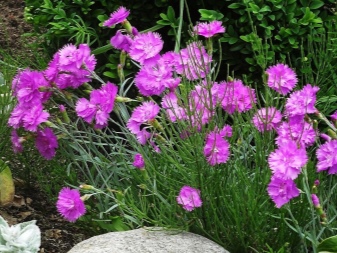
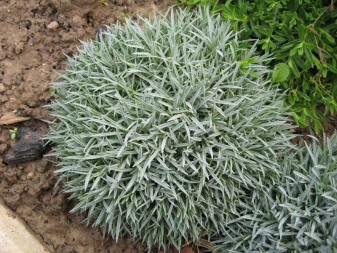
For a cooler climate in the middle zone, many varieties of perennial bush carnations have been bred.
Varieties
For planting in the garden, there is a large selection of types and varieties of carnations. Each of them differs in size, shape, color and flowering time.
Types of garden carnations
We list the most common garden species.
Dutch
One of the most popular garden species. Allocate high for cutting, medium and low varieties for flower bed decoration. Grows well outdoors and in containers.
The most suitable for growing on the site are the Grenadines, Shabo, Margarita groups (recently appeared and little known).
- Grenadine. Derived from a wild Dutch carnation. Bushes with many twigs, abundant foliage, reach a height of 60 cm. Fragrant double flowers of purple, scarlet, pink and yellow colors. It blooms once a season and is cold-resistant. Most varieties are grown as biennials, although they are perennials, but begin to bloom less abundantly after two years.
The names of the popular varieties: "Scarlett", "Rose", "Dianthus".
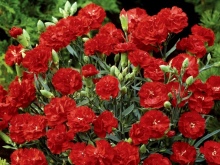
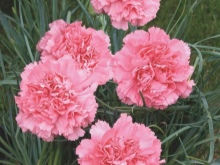
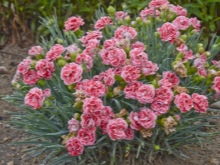
- Shabo. Decorative bush carnations are universally suitable for creating bouquets and decorating front gardens. Erect stems up to 65 cm in height, narrow bluish-green leaves. Terry flowers up to 7 cm in diameter, monochromatic, fragrant. Grown as annuals.
When planted in May, the seedlings will bloom from July until the onset of cold weather. Then the carnation bushes can be transplanted into containers and transferred to the veranda or balcony, where the plant will continue to bloom. Common varieties: Pikoti Fantasy Mix, Champagne, Mont Blanc.
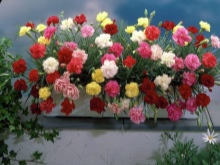
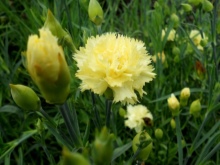
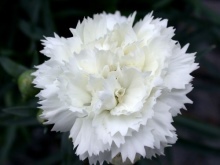
- Margarita. Place of origin Italy. The variety is not widespread in our country. Differs in a remontant type of flowering - new buds are formed throughout the season at short intervals. It is grown one year, the next - planting new bushes is carried out as early as possible.
The height of an adult plant is up to 40 cm. Flowers are erect, up to 6 cm in diameter, densely double and with a pleasant aroma.Colors are yellow, white, red, lilac, burgundy, pink, different shades and combinations. To obtain large buds, the lateral peduncles are removed.
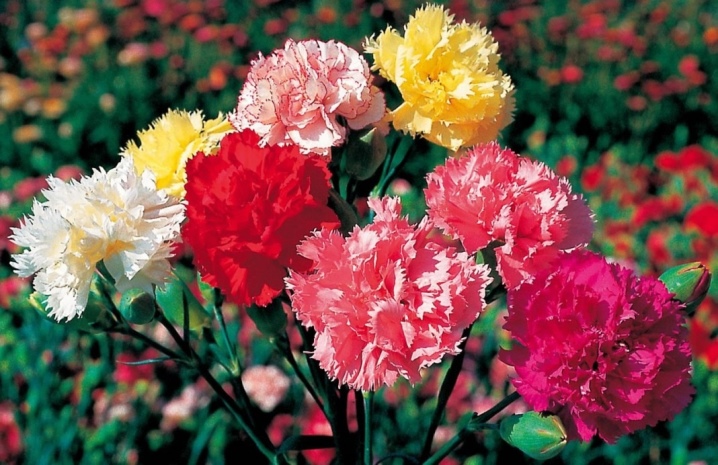
Plumose
A perennial plant that grows in a flower bed for 3 to 5 years. Over time, the bush grows in size and takes up all the free space around. Height is about 30 cm. It blooms from late May to September. Flowers can be single and in inflorescences, simple and double, bright pink or white. Small petals are dissected in the middle. The stems are thin and straight, the leaves are narrow. Loves the sun, abundant watering, stagnation of water in the soil is contraindicated. Prefers loose limestone soil.
Common varieties: Double Rose, Nana, Alba.
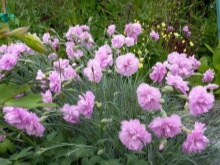
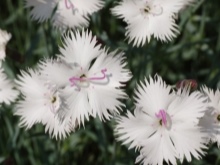
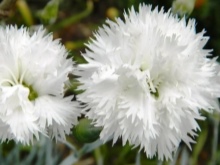
Curvy
Perennial, reaches 60 cm in height. Rhizomes are creeping, narrow straight leaves, flowers up to 4 cm in diameter, pink or lilac. The petals are cut into many fibers. Blossoms in mid-summer (June-July), possibly re-blooming in autumn (October). An unpretentious frost-resistant plant, it is a good honey plant.
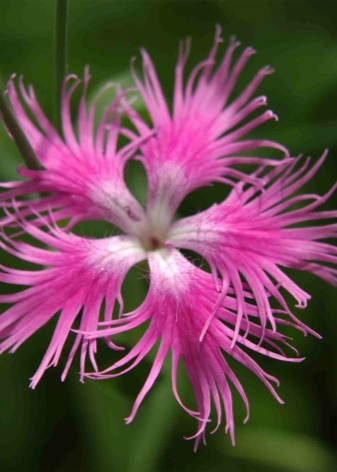
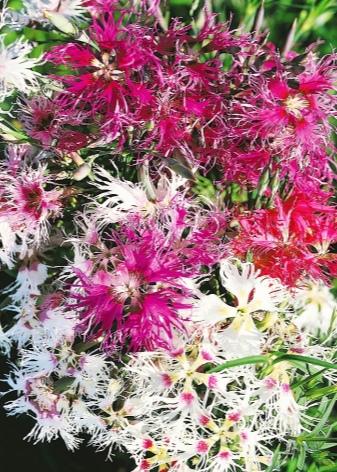
Turkish
Most often found in flower beds in the garden. This plant forms a lush bush up to 50 cm. It blooms throughout the summer, forming a large number of buds collected in inflorescences. Differs in a characteristic spicy smell. The first two years bloom profusely, in the third - the buds appear rarely. A huge number of varieties and hybrids have been bred: "Albus", "Holborn Gloria", "Georgette" and others.

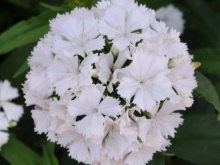
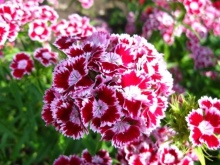
Carnation Knapp
Perennial native to Hungary and Romania. A shrub with a small number of branches up to 45 cm high. Narrow green leaves, yellow flowers, serrated petals, up to 2 cm in diameter. Grown from seed, blooms in the second season. Frost-resistant, does not tolerate excess water in the soil, drought-resistant.
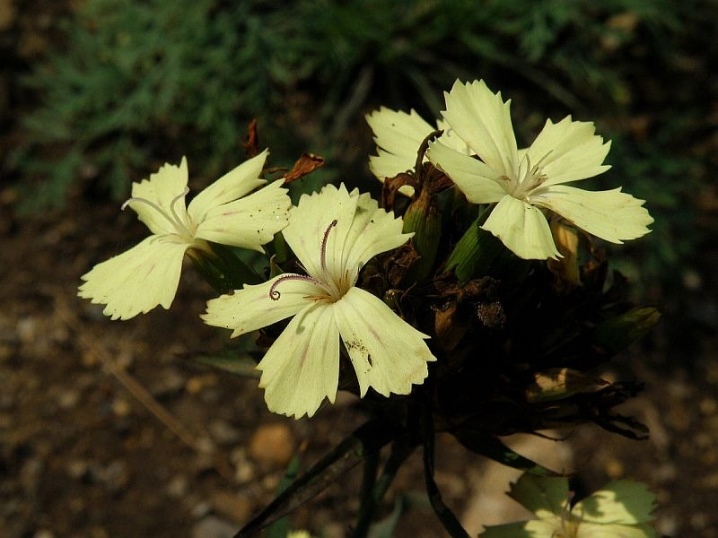
Stunted species
Another large group of carnations, distinguished by their miniature size.
Sandy
Perennial, belongs to carpet varieties, 15 to 20 cm high, small flowers up to 2 cm in diameter, with elongated teeth. Colors range from white to pink. Blooms from June to August. An unpretentious and luxuriantly flowering plant.
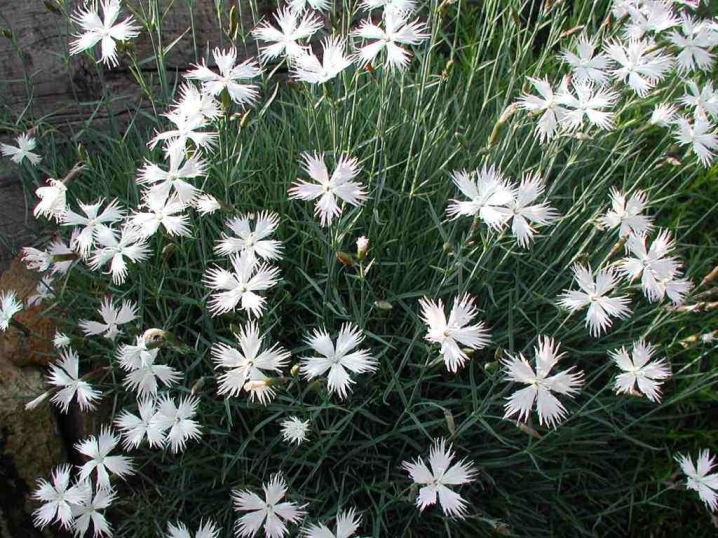
Herb or deltoid
Forms a dense carpet covering the soil. It grows up to 25 cm, dark green stems and leaves are often reddish. An unpretentious perennial plant that grows in one place without transplanting from 4 to 7 years. Blooms from early summer to August. The flowers are small, jagged along the edge of a wide variety of shades and combinations from white to pink and red.
Differs in abundant flowering. After ripening, the seeds self-sowing fall into the soil, have a high degree of germination.
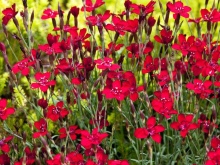
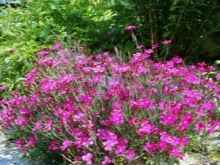
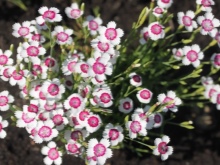
Alpine
The bright green bush grows up to 25 cm high. Thin straight stems are covered with narrow leaves. Flowers about 5 cm, with small denticles at the edges, pink, bright scarlet, red, purple. Unpretentious, grows on poor soils, suitable for northern regions with harsh climatic conditions.
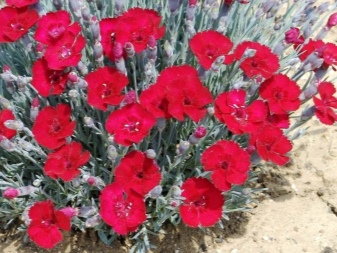

How to plant?
Carnations are planted with seeds or seedlings. In regions with frosts in May, it is better to prefer the second option.
Seeds are sown for seedlings in March. Fertile soil is placed in containers - a mixture of humus, peat, sand and garden soil. The soil is pre-disinfected with a weak solution of potassium permanganate, seeds are sown, sprinkled on top with a little soil or sand, moistened, covered with a film. They are placed in a warm place, after the emergence of shoots, they are taken out to a lighted place.
After the appearance of the second pair of leaves, they are transplanted into small separate containers (about 6-7 cm). The root collar is not buried during planting, watered and placed in a well-ventilated room.
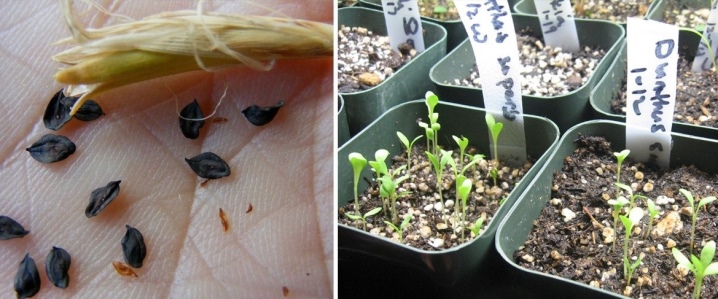
Seedlings are transferred to the flowerbed in May-June, trying not to damage the roots and leaves, they are planted at a distance of about 30 cm. When the fifth pair of leaves appears, pinch the top to form a lush bush due to the appearance of lateral shoots. Carnation will begin to bloom in the second year.
In warm climates, seed carnations can be planted outdoors.At a temperature of + 15 ... 16 ° C, the seeds are placed in the soil and covered with a film. The film is removed with the appearance of the first shoots, the seedlings must be thinned out, leaving the strongest ones.
Carnation loves the sun. Well-lit places are chosen for her. It is not recommended to make the beds low, as water accumulates in the lowlands. Excess moisture in the soil leads to the death of the plant.
Cloves prefer neutral or slightly acidic soil. If it is very acidic, then it is made more neutral with lime or dolomite flour. The plant does not like heavy soils where water stagnates. A mixture of peat and sand is added to clay soil to make it lighter and looser. It is also recommended to add special mineral fertilizers to the soil.
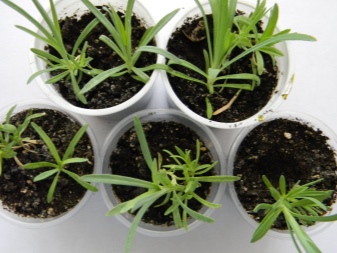

How to take care of it properly?
Even without experience in growing garden flowers, you can try planting a carnation in a flower bed. Caring for her will not require a lot of time and much effort.
The plant needs:
- regular watering;
- weeding;
- loosening the soil;
- monthly feeding;
- pruning after flowering.
Cloves do not tolerate excess moisture in the soil. Dry soil for bushes is considered less harmful, but lack of water does not affect plants in the best way: growth and flowering stop, buds crumble.
It is advised to water the cloves regularly, but little by little. One adult plant needs about half a liter of water. It is important that the ground allows water to pass through well, and there is no stagnation of moisture at the roots. Watering is carried out at the root in the evening.
After watering, the soil around the bushes is loosened to provide oxygen to the roots. Fading flowers after flowering are cut off along with the peduncle. With regular feeding, carnations bloom again.
In the spring, they are fed with nitrogen fertilizers, for example, urea, which is applied in a dry form to the soil.
Before the appearance of the first buds, phosphorus-potassium dressings are used, complex fertilizers for flowering plants are suitable for carnations.
For the winter, the bushes are recommended to be sheltered from frost with spruce branches, laying it in the form of a dome. In regions with little snowy winters, carnations are transplanted into containers and transported indoors. After the end of frost in May, they are planted in a flower bed.
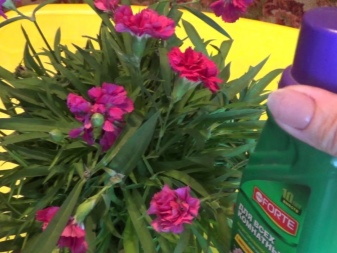
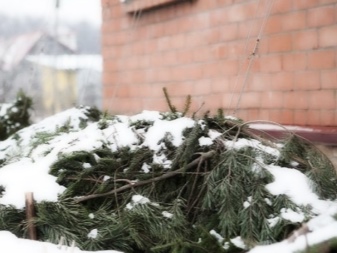
Reproduction methods
Different types of garden carnations reproduce:
- dividing the bush;
- cuttings;
- layering;
- seeds (non-hybrid varieties only).
Adult bushes of Turkish carnation and grass can be divided in spring or autumn: the plant is dug up, the root with the upper shoots is cut into several new bushes. Each should have a well-developed root and a strong shoot. They are planted in a flowerbed in pre-prepared soil.


All types of carnations are propagated by cuttings, except for the annual. The procedure is carried out in the last week of May, when shoots with inflorescences and vegetative ones can be distinguished. For cuttings, vegetative shoots up to 10 cm with 3-4 pairs of leaves are taken, and longer ones are suitable for tall bushes. Cut off the shoot under the knot with leaves, the leaves are removed from the two lower knots. Longitudinal cuts are made along the lower part of the shoot. Place the cutting in a loose and nutritious moist substrate. Cover with foil or glass jar. Roots will appear in 2-3 weeks.

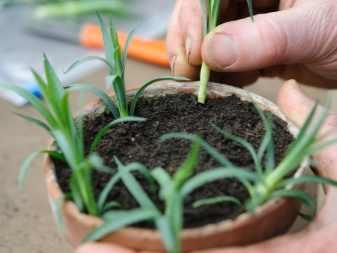
Plants with rather long shoots are propagated by layering. At the vegetative shoot, a deep cut is made from below along the internode, this part of the stem is fixed on the garden bed (pinned) and sprinkled with soil. It is necessary to maintain constant humidity. If the layer has taken root, then new shoots will appear on it. After root formation, the new bush is separated from the mother plant and transplanted.
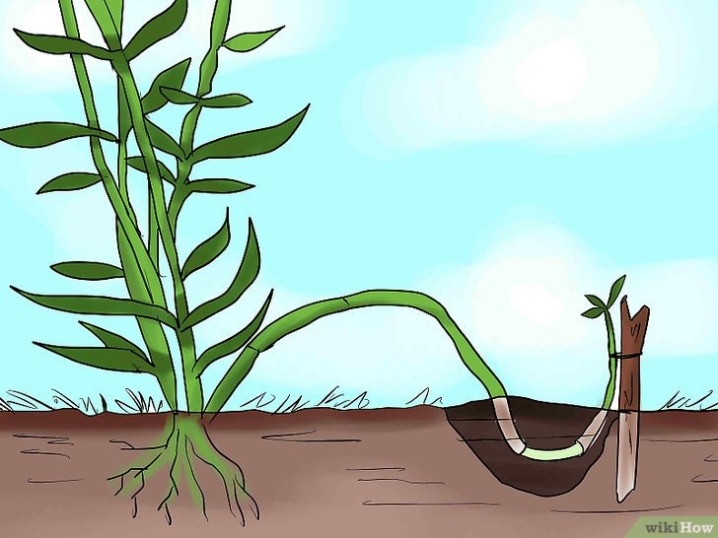
Hybrids are not propagated by seeds, since the resulting young plants will not resemble the parent varieties.
For seeds, choose healthy bushes and large carnation flowers. A paper bag is put on a fading bud and tied tightly around the peduncle. When the bud is completely dry, it is cut with the bag.Extract the seeds from the flower and dry for 2-3 weeks. Store in a paper envelope in a dry and dark place until planting.

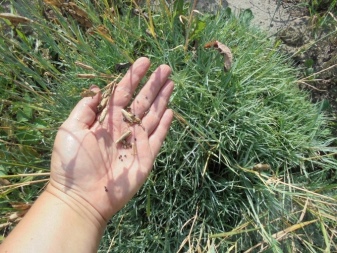
Diseases and pests
Fungal diseases are most common in garden carnations, which are often caused by waterlogged soil.
Heterosporia
Yellow and then brown spots appear on the leaves. Cutting off the affected areas does not help fight the fungus. The plant must be treated with fungicides.
Rust
Arises from an excess of nitrogen fertilizers. Rust-like formations appear on the lower part of the leaves. The leaves gradually dry out, the stems break at the site of the lesion. Damaged plant parts and completely infected bushes are cut and burned. It is recommended to do liming of the soil, and treat the bushes and soil with "Fundazol".

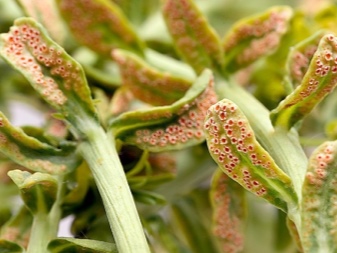
Pests that damage leaves and buds: thrips, spider mites, aphids, moth caterpillars. I use insecticides to combat them. When infected with a nematode, the carnation bush stops growing and turns yellow. Insect larvae damage the roots. The diseased plant is dug up and burned. The soil is treated with "Phosphamide".
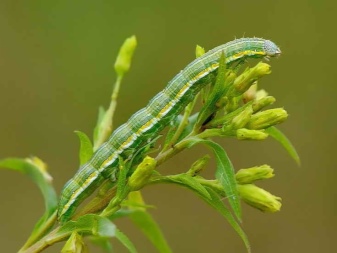
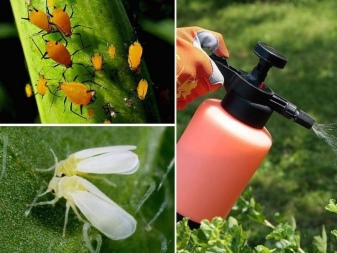
Use in landscape design
The unpretentious and easy-care plant is planted in front gardens and in containers on the balcony.


In the garden, carnation grows well with irises, tulips, crocuses, marigolds, petunias, nasturtiums.
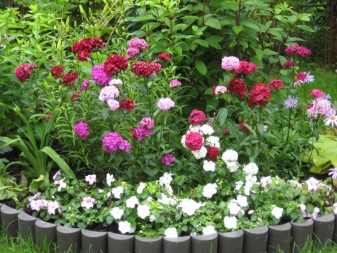
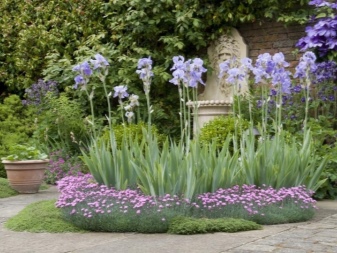
It goes well with gypsophila, groundwort, cochia, yarrow, hosta.
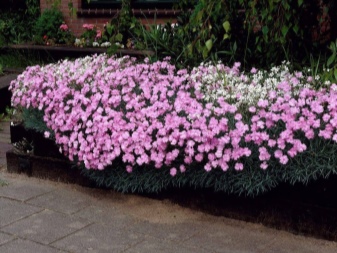
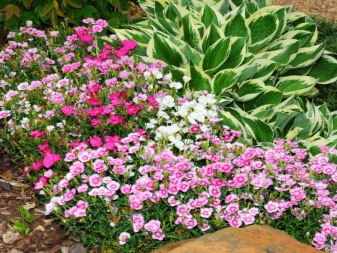
The plant is suitable for single and group plantings.
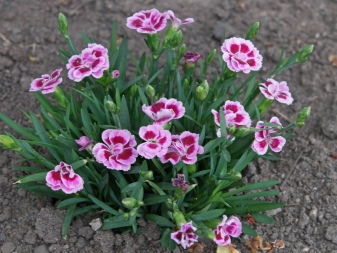
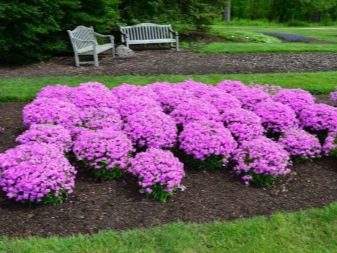
Low types of carnations are chosen for rockeries, mixborders or rock gardens.
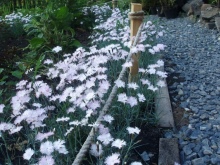
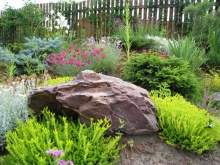
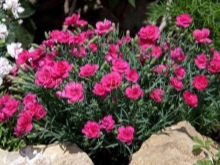
Suitable for growing in flowerpots and decorating borders and retaining walls.

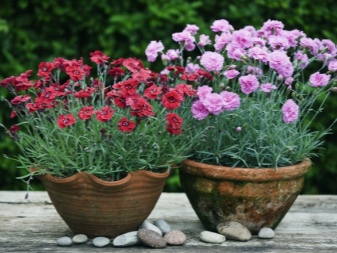
Next, watch the video about garden carnation.







































































































The comment was sent successfully.